Every Shopify store owner dreams of waking up to skyrocketing traffic and booming sales—but most are missing one silent, critical factor that’s quietly killing their growth potential.
What is it?
Search engine optimization (SEO).
Not the kind you plug into an app or auto-generate from a plugin—but the foundational, behind-the-scenes SEO that builds long-term visibility and trust with Google.
In this article, we’ll unpack:
-
Why ignoring foundational SEO is the silent killer of Shopify growth
-
The five-part SEO framework to reclaim lost traffic
-
How to boost organic clicks—without using a single app
Let’s dive into the SEO truths most Shopify brands are ignoring—and how to fix them today.
Why SEO Still Matters in 2025
Organic search drives nearly 40% of all e-commerce site traffic. And when you’re on the first page of Google, you’re in a prime position to capture up to 55% of clicks. Even the number one result alone often grabs over 30% of all search traffic.
In other words: if you’re not showing up, your competitors are.
And the biggest mistake? Thinking SEO is just about keywords.
Real SEO success comes from the structure of your site, internal linking, speed, and content relevance—all without needing an expensive suite of apps.
1. Site Structure and Internal Linking: The Forgotten Foundation
Most stores lose traffic because Google doesn’t understand their site structure.
A clean, logical site architecture helps search engines crawl and index your pages efficiently—especially your high-value ones like collections and products.
Here’s What That Looks Like:
-
Homepage → Collection Page → Product Page
-
Top navigation contains your most important shopping categories
-
Footer contains supporting pages like About, Contact, and FAQ
Shopify already gives you a good head start by structuring these pages automatically. But most store owners make one of two errors:
-
They forget to link their custom pages (like “About Us” or “FAQ”) from any menu
-
Or they bury these links in ways Google can’t crawl effectively
✅ Fix it now:
-
Go to Online Store → Pages
-
Check that each page is visible and active
-
Then head to Navigation and link these pages either in the main menu or the footer
🔁 Best practice: Keep sales-driving links (collections/products) in your top navigation and place supporting pages (FAQ, shipping policy, etc.) in the footer.
2. Add Breadcrumbs for Better SEO and UX
Breadcrumbs are not just helpful for users—they’re also a critical SEO element.
Why breadcrumbs matter:
They show the path a visitor (and Google bot) took to reach a product. Example:
Home → Men’s Collection → Linen Shirts → White Linen Shirt
This breadcrumb trail helps search engines understand the relationship between pages and distributes link authority throughout your site.
How to Enable Breadcrumbs on Shopify
-
Go to your theme editor and open a product page
-
Look for the Product Information section or block
-
Check if there’s a toggle or setting to “Enable Breadcrumbs”
-
If not, add a custom block or prompt Shopify’s newer themes (like Dawn or Ride) to include one
📌 Don’t forget to do this on your:
-
Product pages
-
Collection pages
-
Blog posts (especially if you’re writing content for SEO)
3. Contextual Internal Linking: Google’s Secret Love Language
You know what’s often missing in most Shopify stores?
Internal links that guide both customers and Google to relevant pages.
Instead of writing a generic product description or collection summary, link naturally to related products or categories. Example:
“Pair your favorite summer outfit with our lightweight men’s linen shirt.”
This isn’t just good UX—it’s great SEO.
Add Internal Links Here:
-
Collection Descriptions
-
Blog Post Body Text
-
Product Descriptions
-
Homepage sections (like “Trending Now” or “Shop the Look”)
✅ Pro tip: Use contextual anchor text (like “white linen shirt” or “best wedding shoes”)—not just “click here.”
4. Speed & Mobile Optimization: The Conversion Killer
Did you know a 1-second delay in page load time can drop conversions by 7–15%?
And bounce rates triple—from 8% to 38%—as pages get slower.
You don’t need an expensive app to fix this. Here’s how:
Use a Fast Theme
Stick to Shopify’s official theme store. Avoid random templates from ThemeForest or other sources unless you have a developer to vet the code. Some of the fastest Shopify themes:
-
Dawn (minimalist and native to Shopify)
-
Ride
-
Refresh
-
Sense
Optimize Images (Without an App)
While Shopify compresses images for you, you can still improve performance by:
-
Compressing images before upload with BulkResizePhotos.com
-
Keeping file sizes between 400KB–1MB
-
Using JPEG or WebP formats
Embed Videos from YouTube or Vimeo
Uploading video files directly into Shopify bloats page weight. Instead:
-
Use an embed URL from YouTube/Vimeo
-
Place videos in hero banners or product pages using external links
This improves load time—and helps SEO.
Test with Google PageSpeed Insights
Don’t guess—test.
-
Visit PageSpeed Insights
-
Enter a specific product, homepage, or blog post URL
-
Measure speed, load time, and Core Web Vitals
Test before and after adding images, videos, or new code to see the real impact.
5. On-Page SEO: Titles, Headings, and URLs
This is where subtle tweaks can equal big traffic gains.
Why It Matters:
Google scans your:
-
Page title
-
Meta description
-
URL handle
-
Headings (H1, H2, etc.)
These help it understand what the page is about and where it fits in a user’s search journey.
Do Keyword Research (Without Paying)
Use tools like:
-
Ubersuggest by Neil Patel
-
Google Search Console
-
Google’s "People Also Ask" section
Let’s say your collection is “Men’s Linen Shirts.” Look for long-tail keyword variations like:
-
“How to style men’s linen shirts”
-
“Do linen shirts shrink?”
-
“Best linen shirts for summer”
Now add an FAQ section to that collection page with these questions—and link to relevant products.
Update Meta Tags in Shopify
For every product and collection:
-
Scroll to the bottom of the page in Shopify Admin
-
Click “Edit website SEO”
-
Add a keyword-rich title, description, and clean URL
📌 Example:
-
Title: “Best White Linen Shirt for Summer | Men’s Slim Fit”
-
Meta Description: “Shop breathable and stylish linen shirts for men—perfect for weddings, vacations, and warm weather.”
-
URL: /products/white-linen-slim-fit-shirt
Don’t skip this for About, FAQ, or Blog pages. Google indexes those too.
6. Backlinks: Get Other Sites to Talk About You
Backlinks are still one of the top three ranking factors in Google’s algorithm.
It’s like street cred for your website.
How to Build Backlinks (No App Required):
-
Guest Posting: Reach out to blogs or influencers in your niche and offer to write valuable content that links back to your store
-
Product Seeding: Send products to micro-influencers and ask them to review and link to your store
-
Directory Listings: Add your site to niche directories (yes, even old-school ones)
-
User-Generated Content: Ask customers to write or post about your product on social media or blogs—and link to your product page
✅ Pro Tip: When doing outreach, personalize your message. Show genuine interest in the other creator’s work and suggest how your product complements their content.
7. Use Google Search Console: The Free SEO Dashboard You’re Ignoring
If you’re not using Google Search Console, you’re flying blind.
It shows:
-
What keywords your site ranks for
-
How many clicks and impressions each gets
-
Your average ranking position
-
Which pages are getting indexed (and which aren’t)
How to Set It Up:
-
Visit Google Search Console
-
Add your domain
-
Verify ownership (via GoDaddy, DNS record, or HTML file)
Once it’s verified, you can:
-
See what search terms are bringing traffic
-
Optimize underperforming pages
-
Create more content around high-performing queries
💡 Example: If you see people searching “Is [your brand] legit?”—write a blog post titled “Is [Your Brand] Legit? Here’s What Our Customers Say” and optimize it with social proof.
The Takeaway: SEO Isn’t Optional. It’s Essential.
The silent mistake most Shopify stores make?
They treat SEO like a checkbox—or worse, ignore it entirely.
But you don’t need a dozen apps, a huge budget, or a degree in data science to fix it.
You just need:
✅ A clean site structure
✅ Breadcrumbs and internal links
✅ Mobile-friendly pages that load fast
✅ Keyword-optimized content
✅ Backlinks from reputable sources
✅ Real-time performance tracking with Google Search Console
None of these require a monthly subscription. Just your time, attention, and a commitment to growth.
Final Word: SEO Is a Marathon, Not a Sprint
You won’t see overnight success. But consistent effort compounds.
Fix one thing at a time. Start with your homepage. Then move to collections. Then product pages. Then blog.
Track results. Test changes. Keep improving.
Because the brands that win on Google?
Aren’t the ones with the biggest budgets.
They’re the ones who fix the silent mistakes.
If your Shopify store is leaking traffic and you’re not sure where to start, consider booking a one-on-one optimization session. No fluff—just clear strategies tailored to your store.
📈 Let SEO work for you. Not against you.


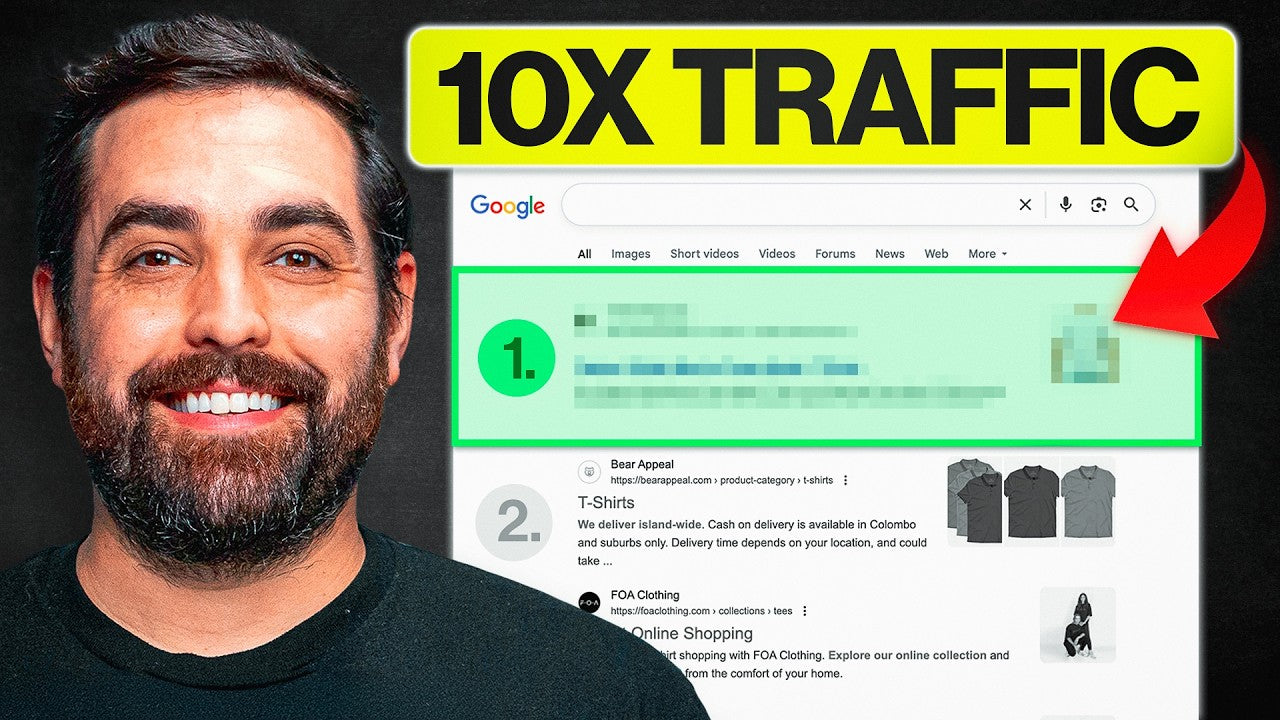

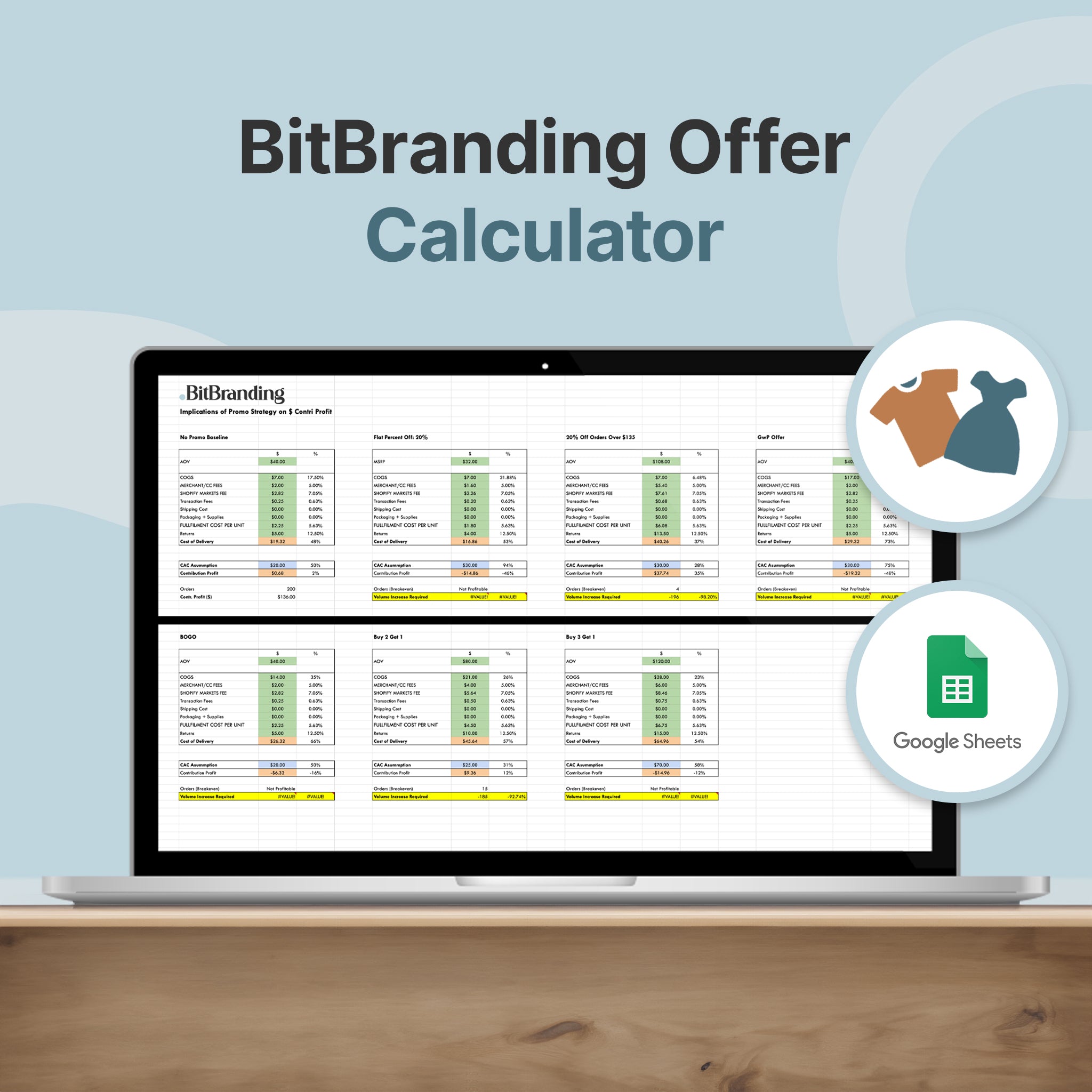


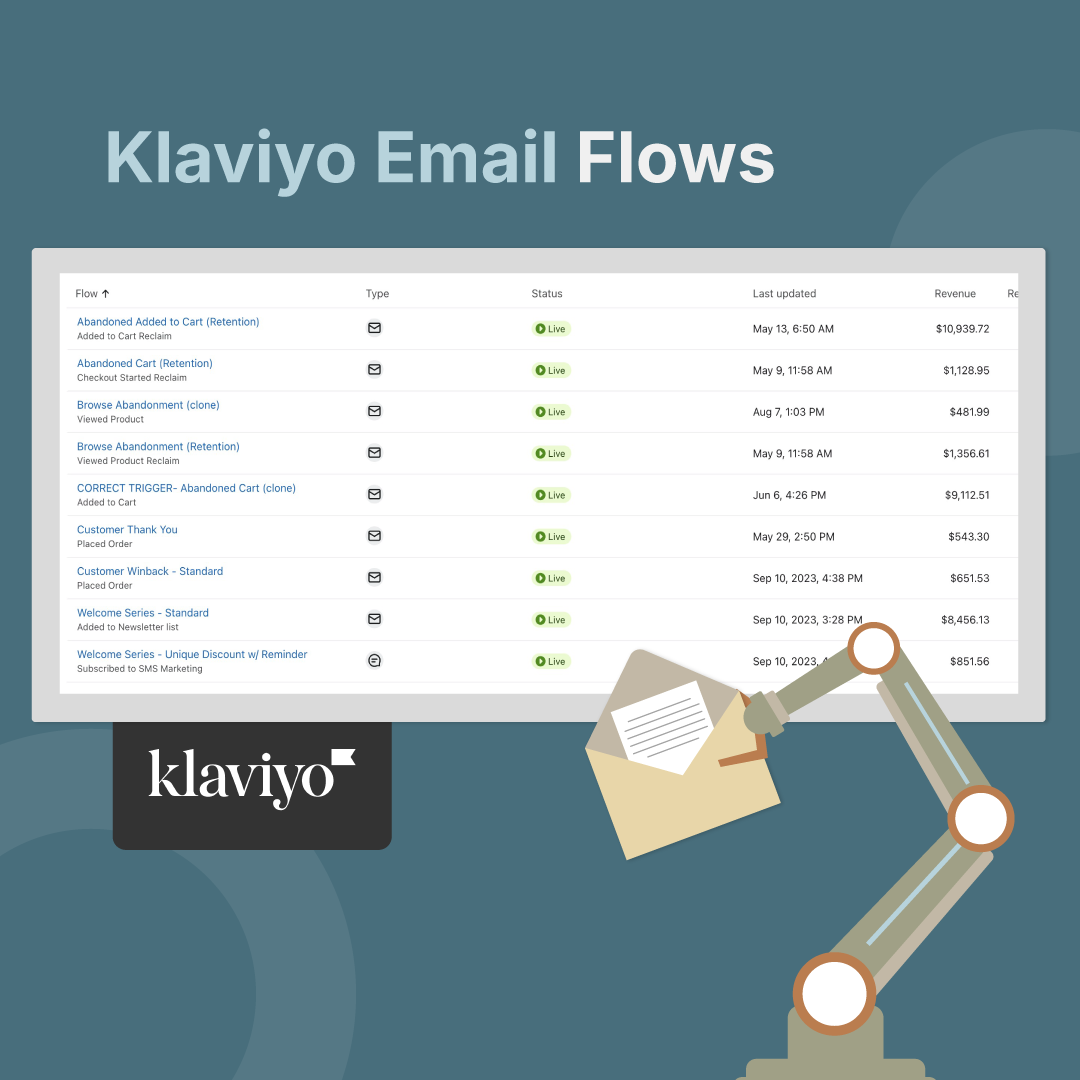
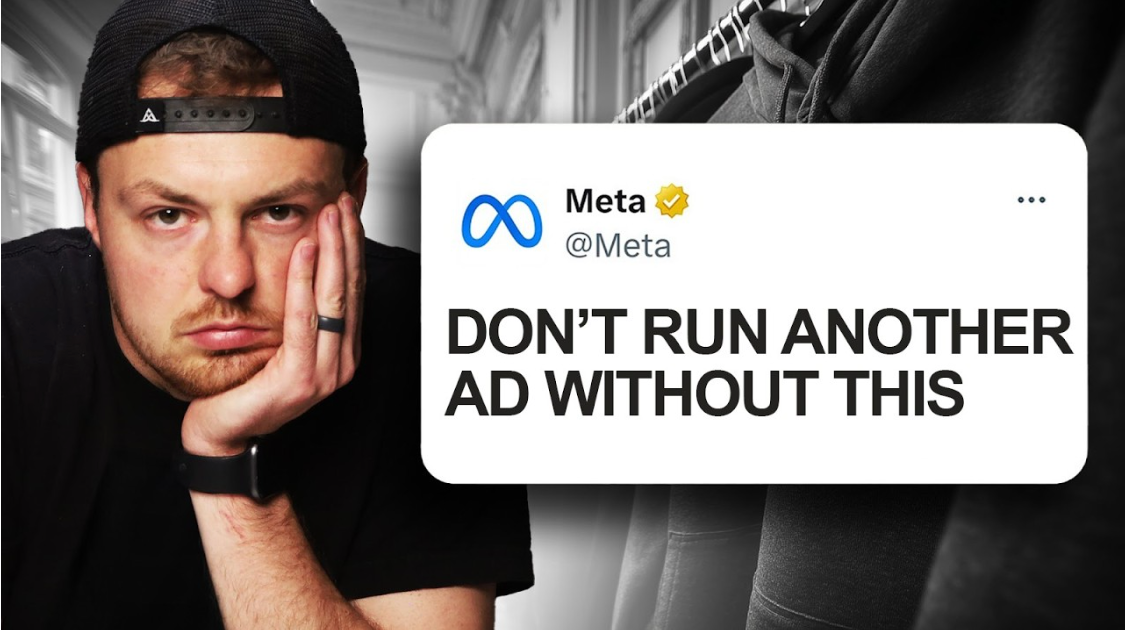
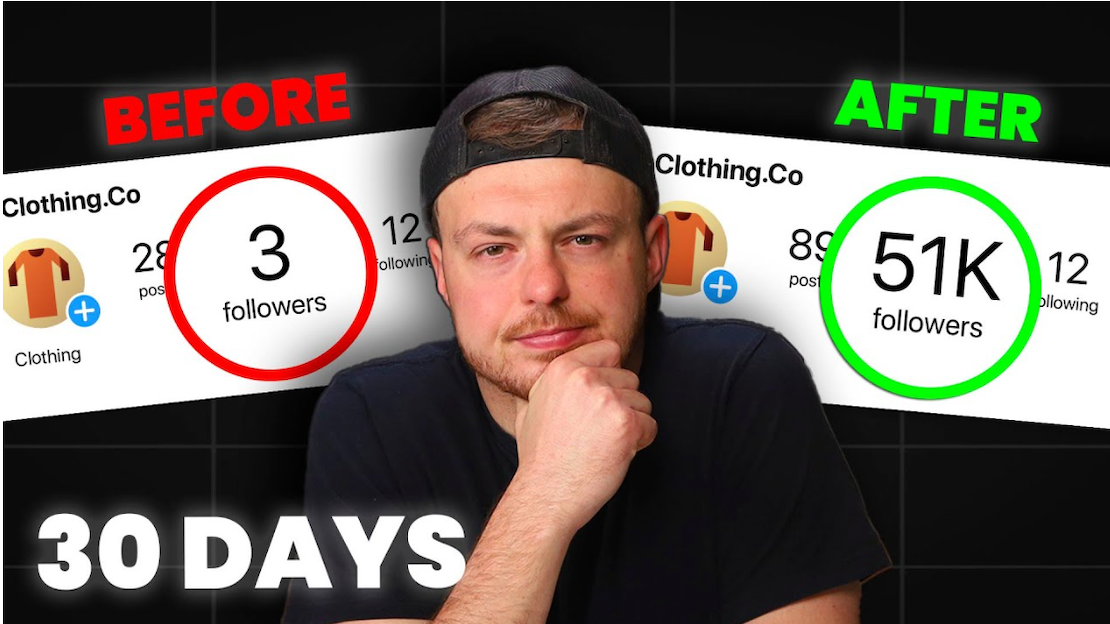
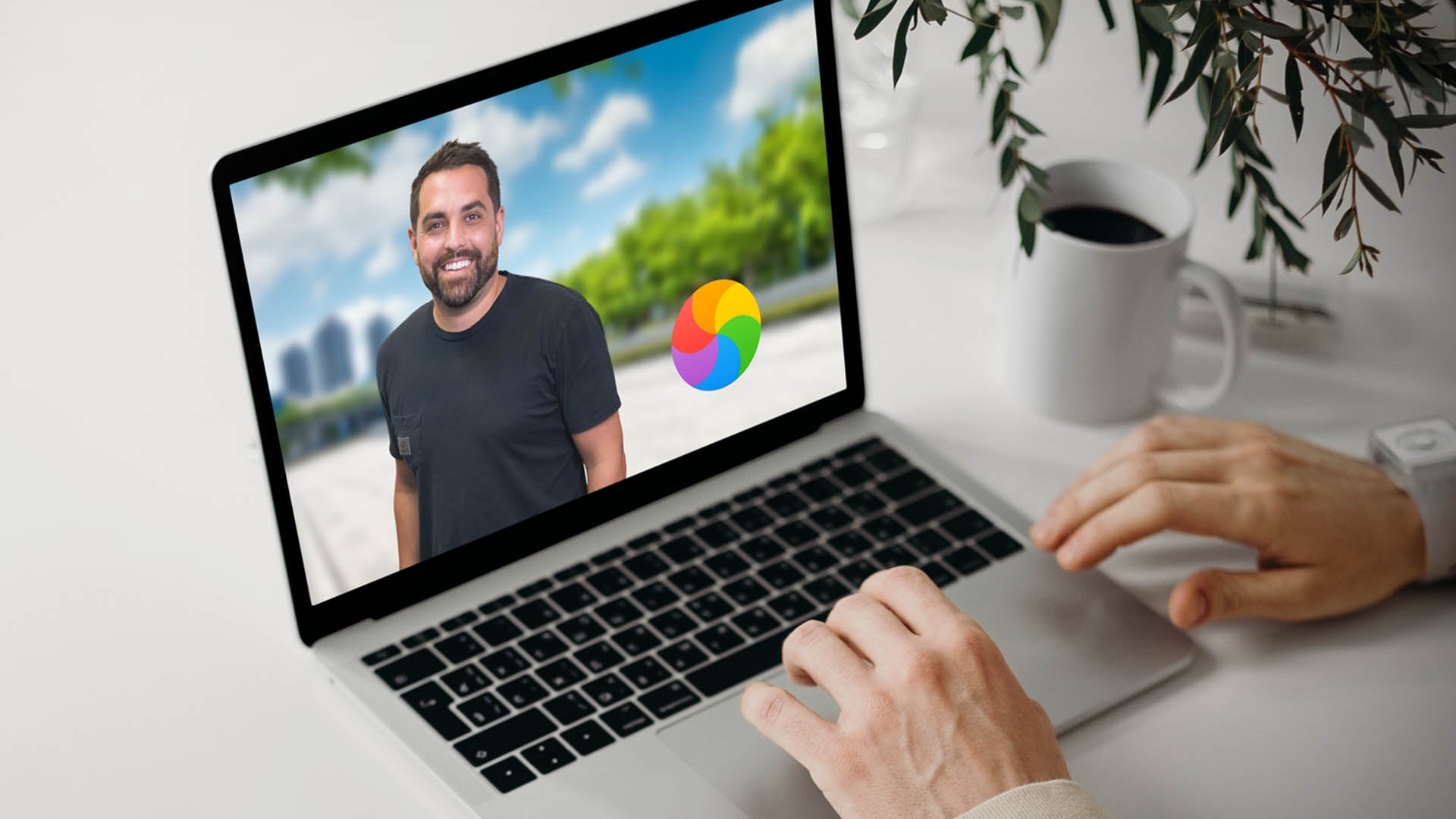
Share:
The EXACT Formula Behind Addictive Brand Stories (Copy It)
Clothing Brands Are Ditching $5,000 Photo Shoots for This $9 AI Tool